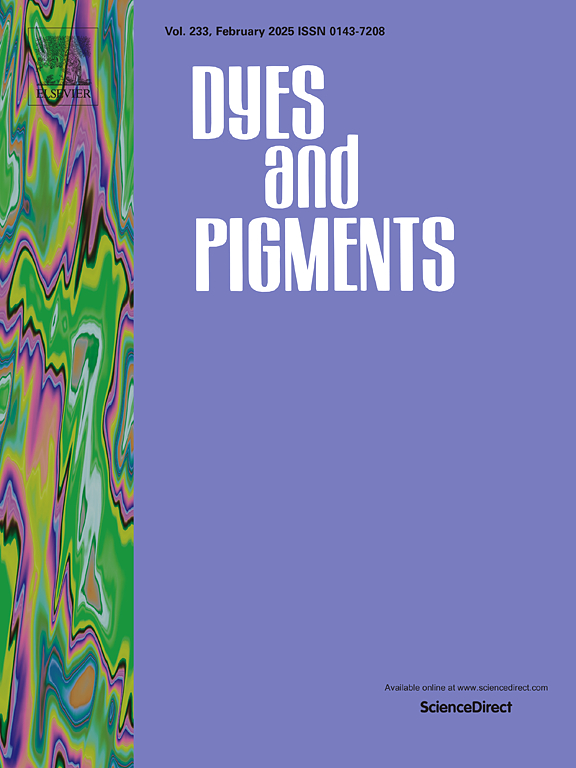A review of the applications of fluorescent Schiff-base sensors for the metal ions detection and AIE properties
IF 4.1
3区 工程技术
Q2 CHEMISTRY, APPLIED
引用次数: 0
Abstract
Hugo Schiff (1864) created Schiff-bases by condensing primary amines with carbonyl compounds (ketone or aldehyde). Schiff-bases are used in many fields, including optoelectronics (metal ion sensing, explosive detection, aggregation induced emission (AIE), bioimaging) and medicine, due to their diverse structural and electrical properties. Schiff bases that coordinate with various metal ions produce a stable compound. Schiff bases are used as fluorescent turn-on/turn-off, colorimetric and ratiometric chemosensors because of their remarkable coordination ability, these chemosensors are used to identify different metal cations in samples, including Al3+, Cu2+, Sn2+, Cd2+, Hg2+, Ni2+, Zn2+, Hg2+, Fe3+, and Cr3+. This review article covers a wide range of Schiff bases used in chemosensing applications for various metal ions in aqueous medium and also in AIE-active fluorescent molecules, Moreover, this review includes good quality papers of last two decades.

综述了荧光希夫碱传感器在金属离子检测中的应用及其AIE特性
雨果·希夫(1864)通过将伯胺与羰基化合物(酮或醛)缩合而创造出希夫碱。希夫碱由于其不同的结构和电学性质,在光电子(金属离子传感、爆炸探测、聚集诱导发射(AIE)、生物成像)和医学等许多领域都有应用。希夫碱与各种金属离子配合产生稳定的化合物。希夫碱由于其出色的配位能力,被用作荧光开关、比色和比例化学传感器,这些化学传感器用于识别样品中的不同金属阳离子,包括Al3+、Cu2+、Sn2+、Cd2+、Hg2+、Ni2+、Zn2+、Hg2+、Fe3+和Cr3+。本文综述了广泛的希夫碱在水介质中各种金属离子和aie活性荧光分子化学传感中的应用,并对近二十年来的高质量论文进行了综述。
本文章由计算机程序翻译,如有差异,请以英文原文为准。
求助全文
约1分钟内获得全文
求助全文
来源期刊

Dyes and Pigments
工程技术-材料科学:纺织
CiteScore
8.20
自引率
13.30%
发文量
933
审稿时长
33 days
期刊介绍:
Dyes and Pigments covers the scientific and technical aspects of the chemistry and physics of dyes, pigments and their intermediates. Emphasis is placed on the properties of the colouring matters themselves rather than on their applications or the system in which they may be applied.
Thus the journal accepts research and review papers on the synthesis of dyes, pigments and intermediates, their physical or chemical properties, e.g. spectroscopic, surface, solution or solid state characteristics, the physical aspects of their preparation, e.g. precipitation, nucleation and growth, crystal formation, liquid crystalline characteristics, their photochemical, ecological or biological properties and the relationship between colour and chemical constitution. However, papers are considered which deal with the more fundamental aspects of colourant application and of the interactions of colourants with substrates or media.
The journal will interest a wide variety of workers in a range of disciplines whose work involves dyes, pigments and their intermediates, and provides a platform for investigators with common interests but diverse fields of activity such as cosmetics, reprographics, dye and pigment synthesis, medical research, polymers, etc.
 求助内容:
求助内容: 应助结果提醒方式:
应助结果提醒方式:


